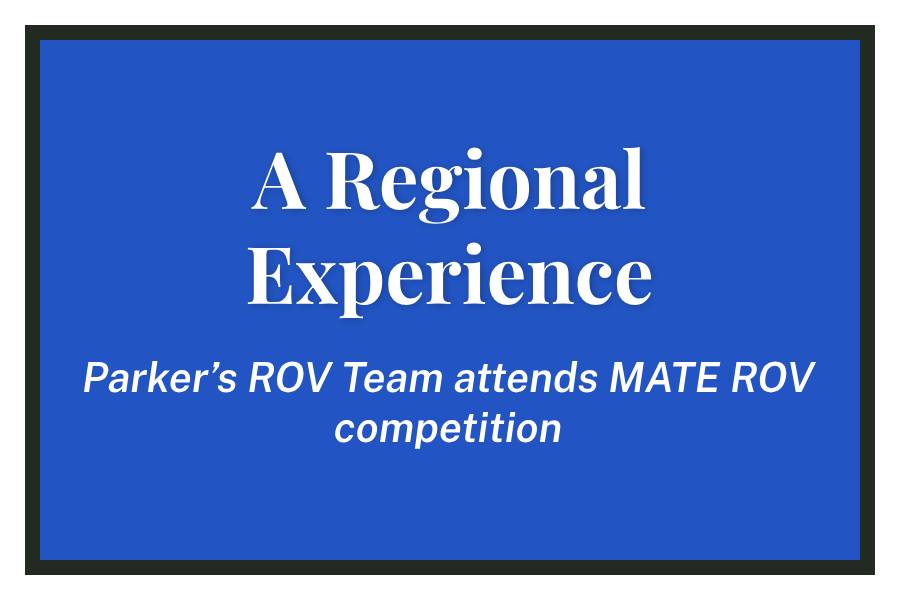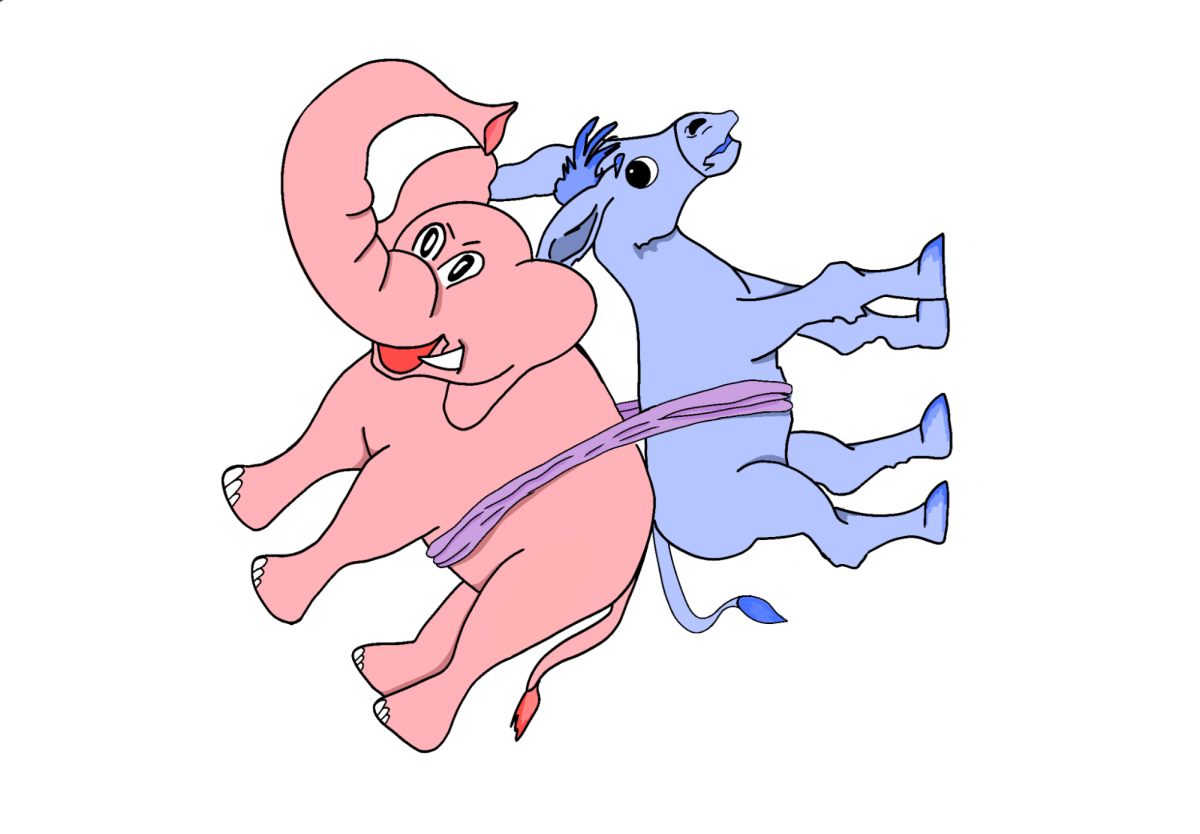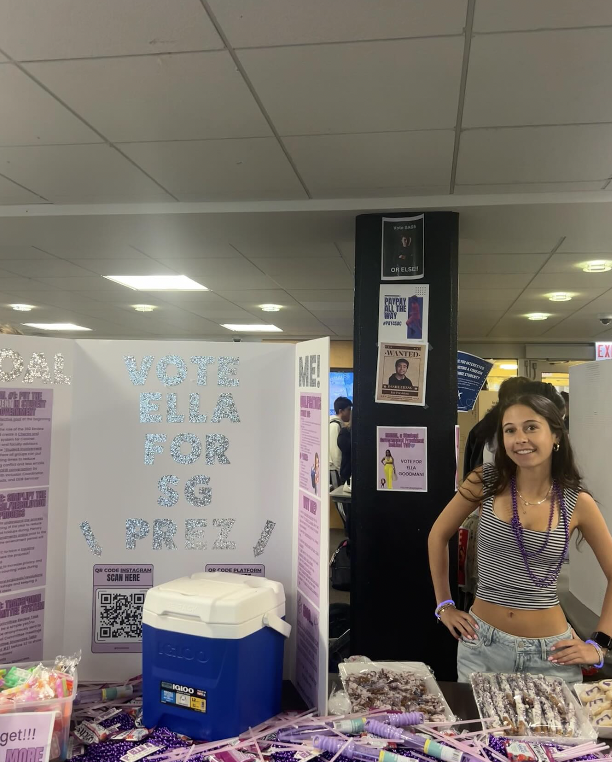On Saturday, May 18, 2024, the Parker Remotely Operated Vehicles (ROV) Underwater Robotics Team, Subaquatic Solutions, attended the MATE ROV Competition for underwater robotics, along with seven other high schools. The competition was held at Hoffman Estates High School and the majority of the Parker ROV Team was in attendance.
To prepare for the competition, the team met twice a week, along with many additional Saturday meetings, starting in mid-October and going through May. The team divided into sub -teams that included coding, mechanical, electrical, marketing, and float, which all ninth graders were on this year.
Each of the sub teams was tasked with a specific component such as frame design, marketing display, or providing the ROV with power. “The critical part is combining these smaller projects into a finished ROV that is fully operational,” Upper School science teacher and one of Parker’s ROV Team faculty advisors Elizabeth Druger said.
There are three main divisions of the ROV competition: the building of both the ROV and the vertical profiler called the Float, the technical presentation, and the marketing display. For scoring, each of these elements are worth around 100 points.
The ROV is like a product the team has to sell, so they must promote it by doing two ‘product demonstrations’ where the team’s ROV, named Al-Gae, completes different tasks in the pool that model ways to help our oceans. In addition to the product demonstration, the team must also make a marketing display and give a presentation about the ROV to a panel of judges.
Each year, the competition chooses a focus that the participating students will work to address. This year, the focus is on solutions that “include ocean observing assets for data collection, reimagining the utility of telecommunications cables, administering probiotics for diseased coral, identifying healthy habitats for lake sturgeon, and deploying GO-BGC floats to monitor ocean health,” according to the MATE ROV Competition website.
The point of the competition is to design and build an ROV with the necessary sensors and tooling to support work to monitor the health of Earth’s aquatic habitats to answer the question: “how do we move from the ocean we have to the ocean we want?”
The competition has four main mission tasks, which are: SMART cables for Ocean Observing, 001: Coast Pioneer Array, From the Red Sea to Tennessee, and MATE Floats. “The ROV competition is not just about building a robot, it is about how ROVs can improve our planetary sustainability as well as improve the conditions of our most vulnerable ecosystems. Each task is about ways in which the ROV can mitigate, improve, or monitor problems in an aquatic ecosystem,” Druger said.
The team must keep each of these tasks in mind as they design the ROV. For example, to address the task called ‘From the Red Sea to Tennessee,’ the team designed a gripper that can be used to deploy a probiotic sprinkler on a coral head, which can help with the health of many endangered species of coral. ROVs are important for this task because their use can help prevent the introduction of bacterial or viral contaminants to vulnerable coral reefs from human divers, since ROVs are easily cleaned and decontaminated.
For 2024, Subaquatic Solutions decided to work on building a new ROV, focusing on the software, wiring, and float development. The team used raspberry pi, which are small single-board computers, for the ROV cameras so that the software is easier to modify. They also worked to ensure the robot’s wiring was more neat and organized. The expansion of the team’s float team also helped them make an improved float, which required perfecting their areas of improvement.
Subaquatic Solutions encountered their fair share of challenges, such as electrical problems, tricky code problems, and a lack of pool practice driving the ROV. However, next year, the team plans to reuse the existing ROV, tweak it a bit, and get more driving practice.
The team had a few issues at the competition and earned fourth place. They did especially well on the technical presentation. “The competition was a very unique experience and I am grateful to have been a part of the ROV team this year and in the past. My hope for next year is that we can start testing in the pool earlier in the year so we can have sufficient time driving the robot, that way we are prepared when it comes time for the competition. It has been challenging this year since we don’t have a pool and need to coordinate pool times to ensure that we can have as many members present as possible,” sophomore and ROV co-head of Software Code Solena Ornelas Pagnucci said.
“The ROV team is my north star,” Druger said. “My goal in becoming a science educator was encouraging students to see themselves in STEM careers. The ROV team has allowed me this opportunity, as it is a place to practice STEM, socialize, and we hope to make it a safe space for all who wish to join us.”















